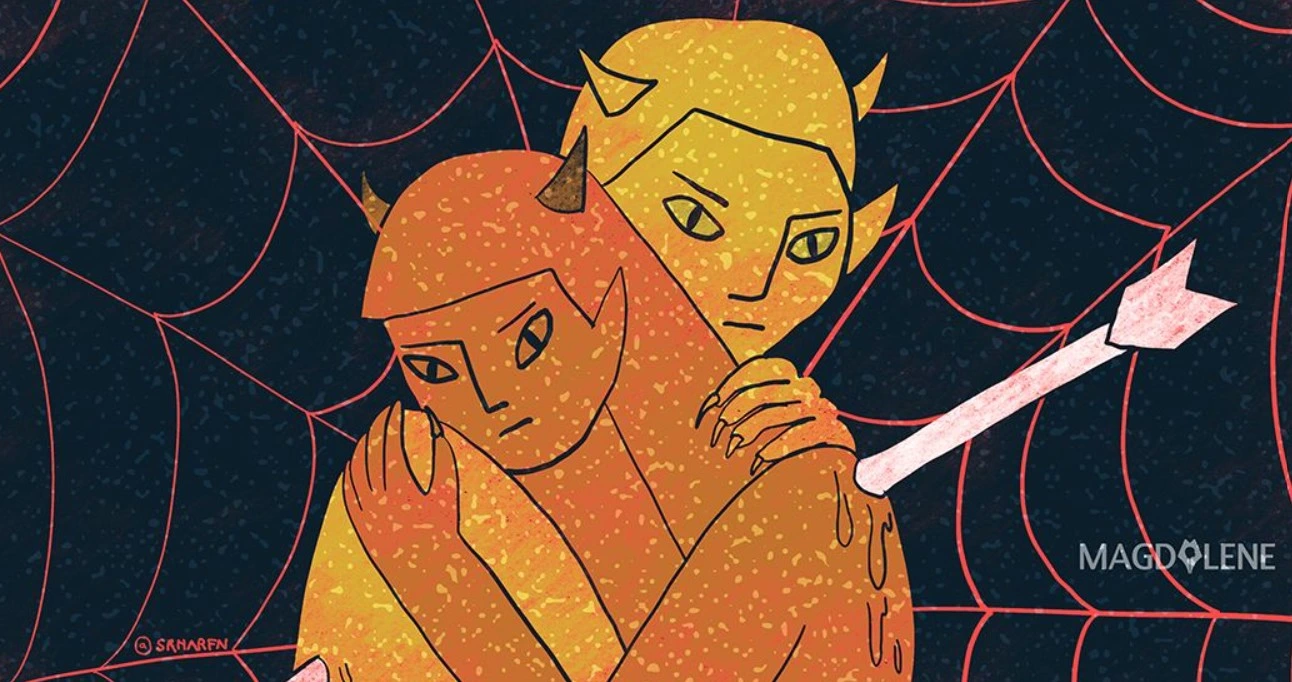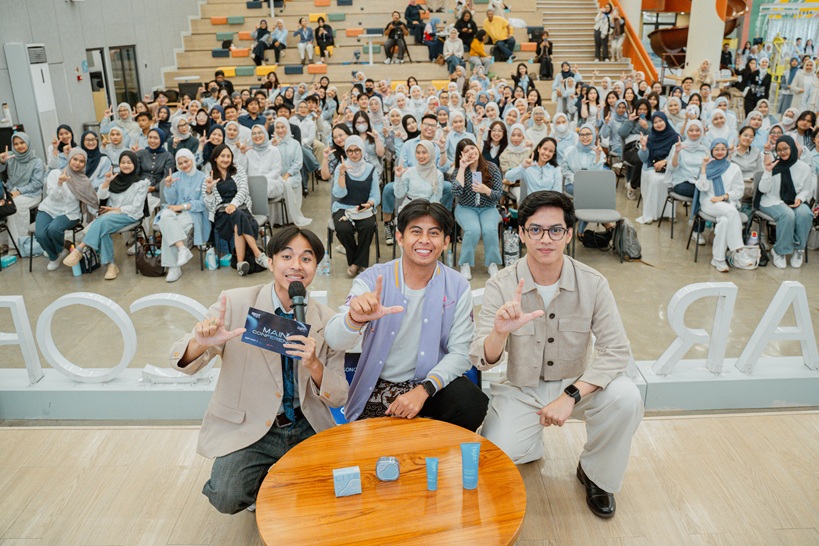Preserving Indonesia’s Oldies in Online Music Museum

How did Indonesian pop music sound during the country’s turbulent early years?
Thanks to an online museum dedicated to preserving old recordings of Indonesian music, you can now find out.
Put together by a group of seven friends late last year, Irama Nusantara* collects and makes available dozens of recordings of various genres spanning a period of two decades. The earliest recording in the archive goes back to 1952 or 1953.
It’s no secret that Indonesia does not have a great track record in preserving archival material, so the website initiators (as they like to call themselves) decided to take on the uphill task to curate and digitize the country’s musical work, so that it will not be lost to the future generations.
They scoured flea markets and scrap dealers for old or rare vinyl and cassettes, and borrowed from other collectors. So far the archive contains the works of legendary singers such as Bing Slamet, Elly Kasim and Dara Puspita.

Limited by funding and resources, Irama prioritizes on songs launched in the 1960s and the year of the cassette revolution in Indonesia in 1970s, when more singers and bands were emerging. Along with audio content, they also archive scans of original covers, liner notes and the writing credits.
“Irama Nusantara is an initiative, not a community. We try to collect pieces of puzzles of Indonesian popular music that are unorganized and spread all over the place,” says David Tarigan, one of its initiators.
“We’re volunteers and it is open to anybody who wants to donate or contribute their time to help out, as the process could be time-consuming.”
What’s also fascinating to him is how popular music can be a vehicle to understanding the historical and political context of a particular era in history.
In the late 1950s President Sukarno condemned western-influenced music as depraved, and radio banned rock and roll tunes while local rock bands were sometimes harassed or even jailed. But it did little to suppress the vibrant artistic scene that thrived during that period.
“The impact is unbelievable; you can hear a mixture of rock and roll, latin and cha cha in the songs,” says David.
A volunteer at Irama, Mayumi Haryoto, says listening to old pop music is a way to connect with the Indonesian culture.
“We’re all familiar with The Beatles’ songs, but I bet not many Indonesians know their own pop music back in the days, like Bengawan Solo once had a rock version.”
“Dig a little deeper – Indonesian culture is not only about batik and gamelan. We’ve had our own pop culture since a long time ago.”

And just so you know, Anggun C. Sasmi is not the first Indonesian musician with an international career. That title goes to Dara Puspita, an all female group band from Surabaya that recorded singles in Europe in late 1960s to early 1970s.
One of the challenges that Irama Nusantara faces is that many of the albums did not have the recording year printed in their album covers. Searching and verifying information about an album can be a daunting task, involving scrutinizing the engraving on the vinyl to looking up its media reviews.
Also, as intellectual rights did not exist back then, and with some of the record companies being defunct, often permission to archive and make public an album must be obtained through the families of the musicians, many of whom have long passed.
The efforts would certainly be much easier if the government lent a helping hand to the initiative, but this may be asking too much.
“We all acknowledge the importance of preservation,” says Candra Darusman, a prominent musician who has been advocating the protection of musicians’ intellectual rights.
“However, the government, like other governments of developing countries, has a list of priorities. I wonder whether this one is high enough as to merit allocation of the needed state budget,” he adds.
A possible solution is by establishing a public-private partnership that actively preserves and archives recordings like Irama Nusantara, he suggests.
“Another point is to check how effective is the legislative obligation of all stakeholders – record companies included – to send a copy of their products to be kept at the National Archive. I suspect that the degree of compliance has not been very encouraging.”
“This is a structure already in place and a strategy waiting to be improved,” he says.
For now, Irama Nusantara will continue to be the custodian of Indonesia’s pop music legacy.
* Check out the vinyl vault on its website, and you can also listen to their playlists on www.whiteboardjournal.com.




















